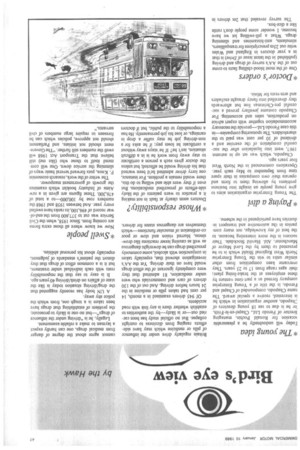*Doctor's orders
Page 49

If you've noticed an error in this article please click here to report it so we can fix it.
One of the most blood-chilling facts to come out of the AA's survey of drugs and driving (published in the latest issue of Drive) is that in a year doctors in England and Wales write out 25m prescriptions for tranquillisers, stimulants, anti-histamines and slimming drugs. What a pill-swilling lot we have become. I wonder some people don't rattle like a dice-box.
The survey revealed that 2m drivers in Britain regularly drive under the influence of pills or medicine which may have sideeffects ranging from dizziness to outright collapse. But no official study has been carried out—or is likely—by the authorities to establish whether there is any link with road accidents.
Of 945 drivers examined in a month, 14 per cent had taken pills or medicine in the 24 hours before driving. And out of the 130 drivers of cars and commercials who were under medication, 81 admitted that they were completely ignorant of the effect drugs would have on their driving. Yet the AA's investigation showed that, especially taken in conjunction with alcohol, some commonly prescribed drugs can be downright dangerous as well as causing lesser reactions like drowsiness, blurred vision and slow or poor co-ordination of muscular functions—which themselves are dangerous states for drivers.








































































































